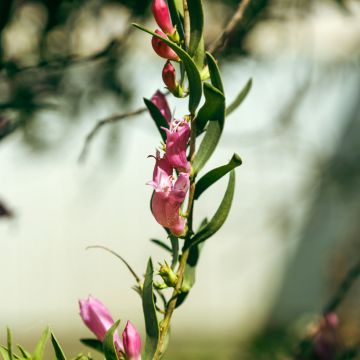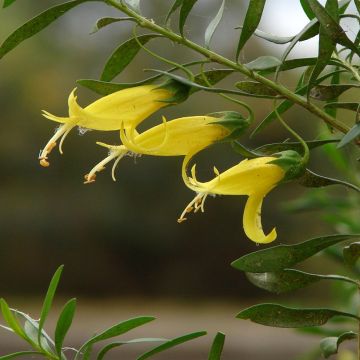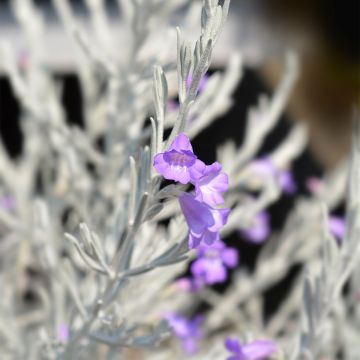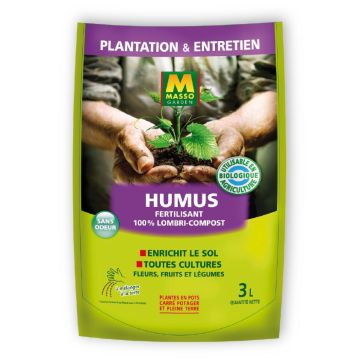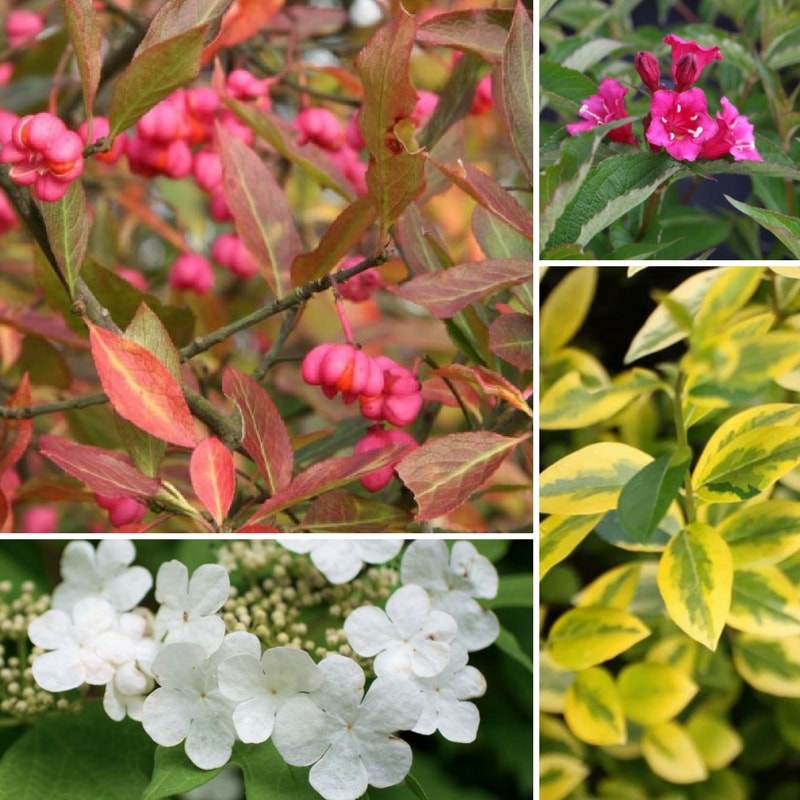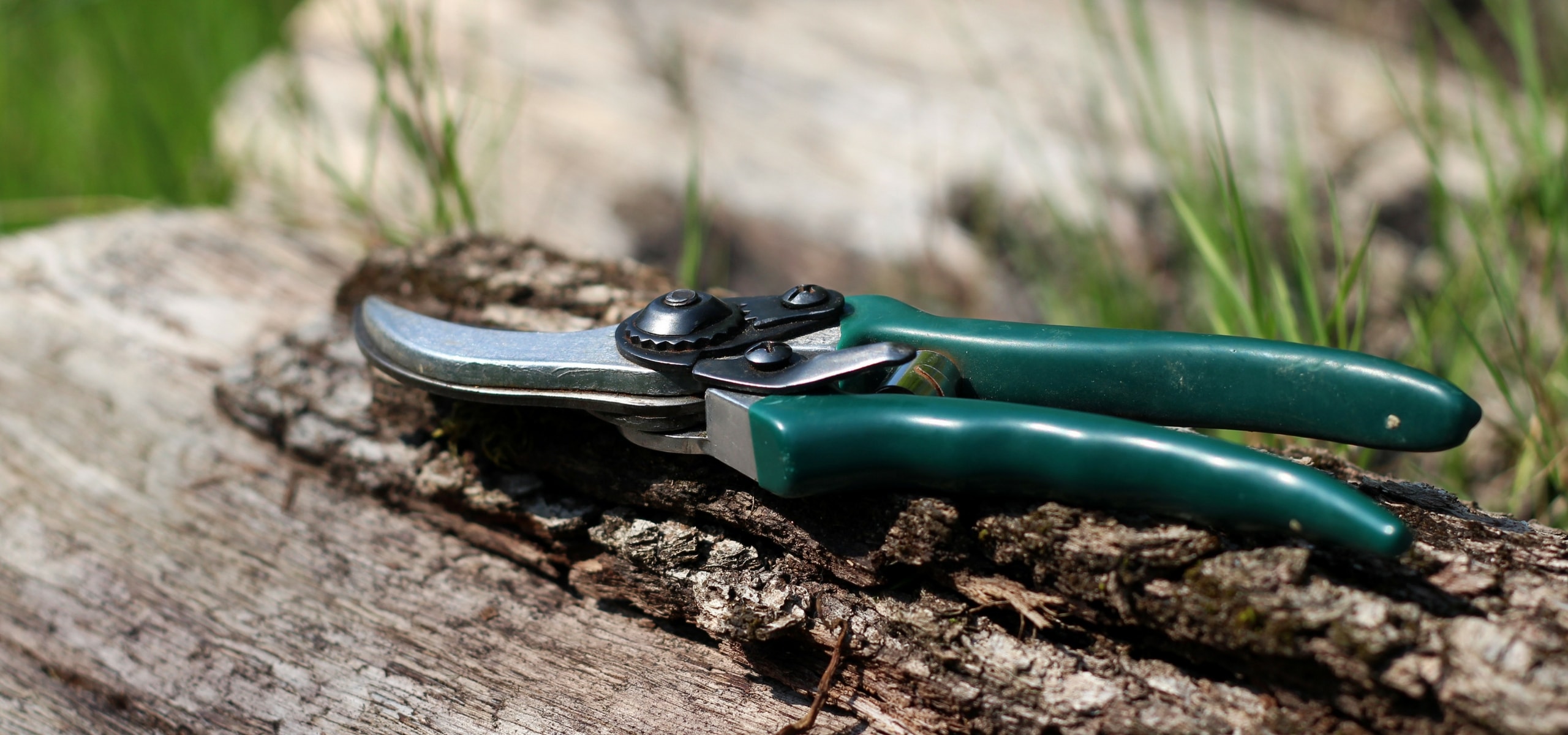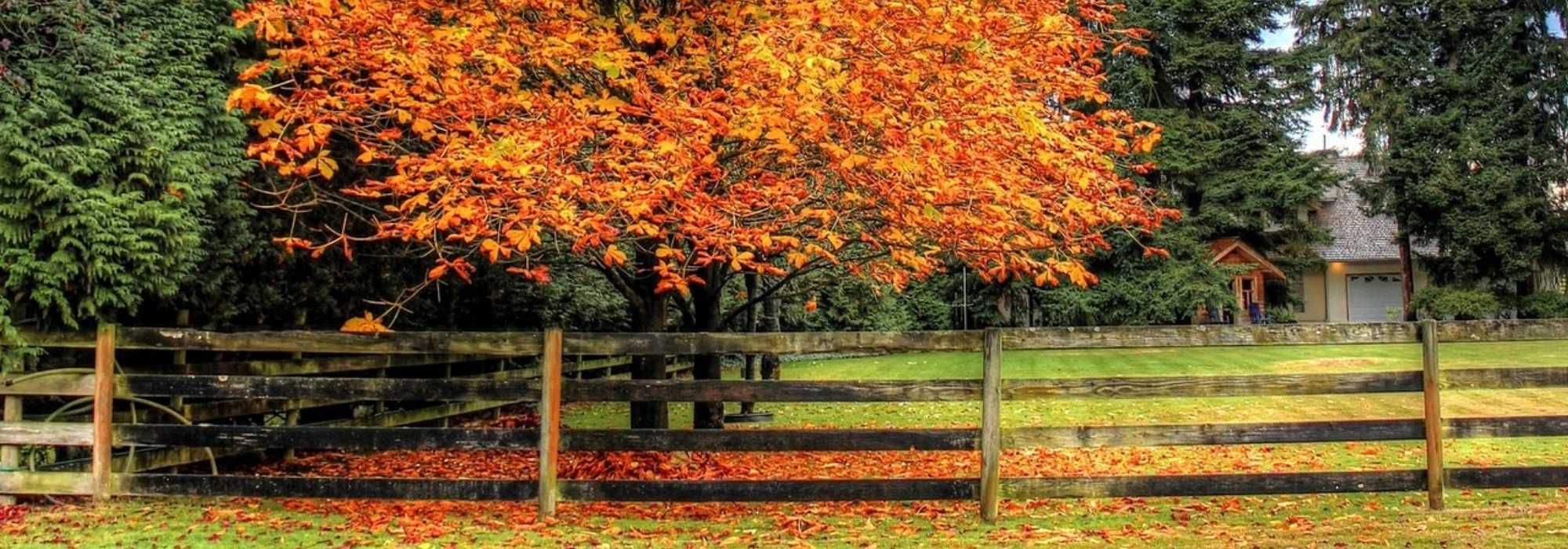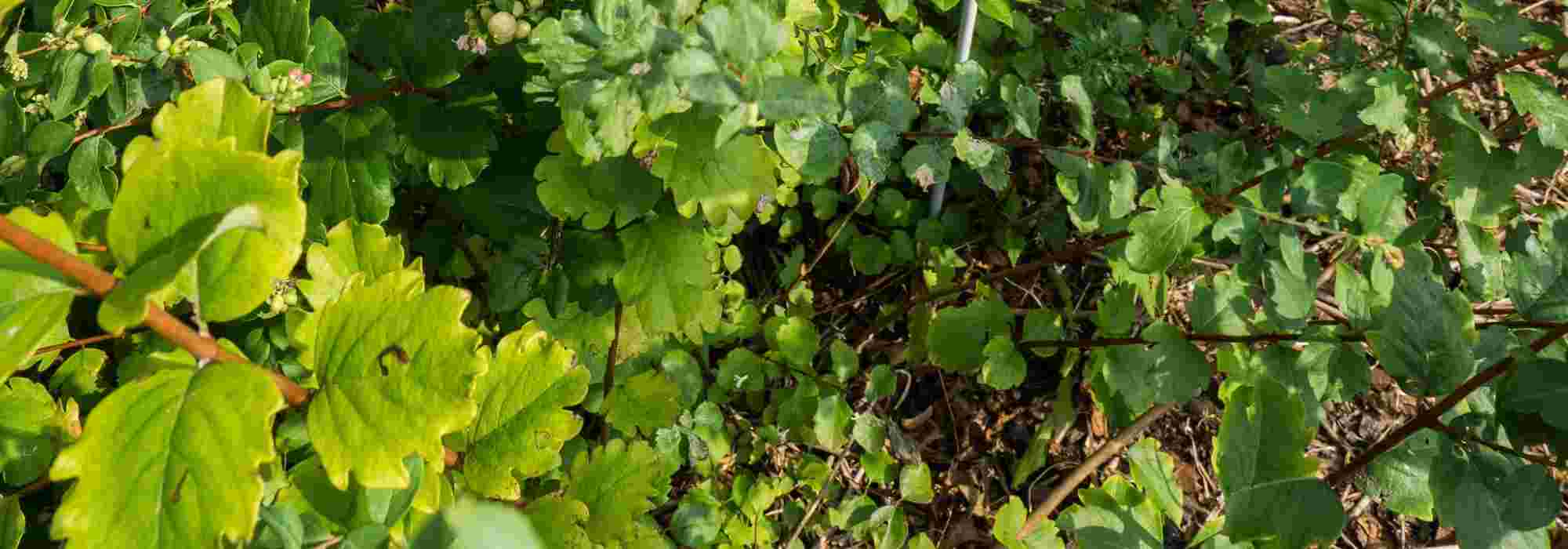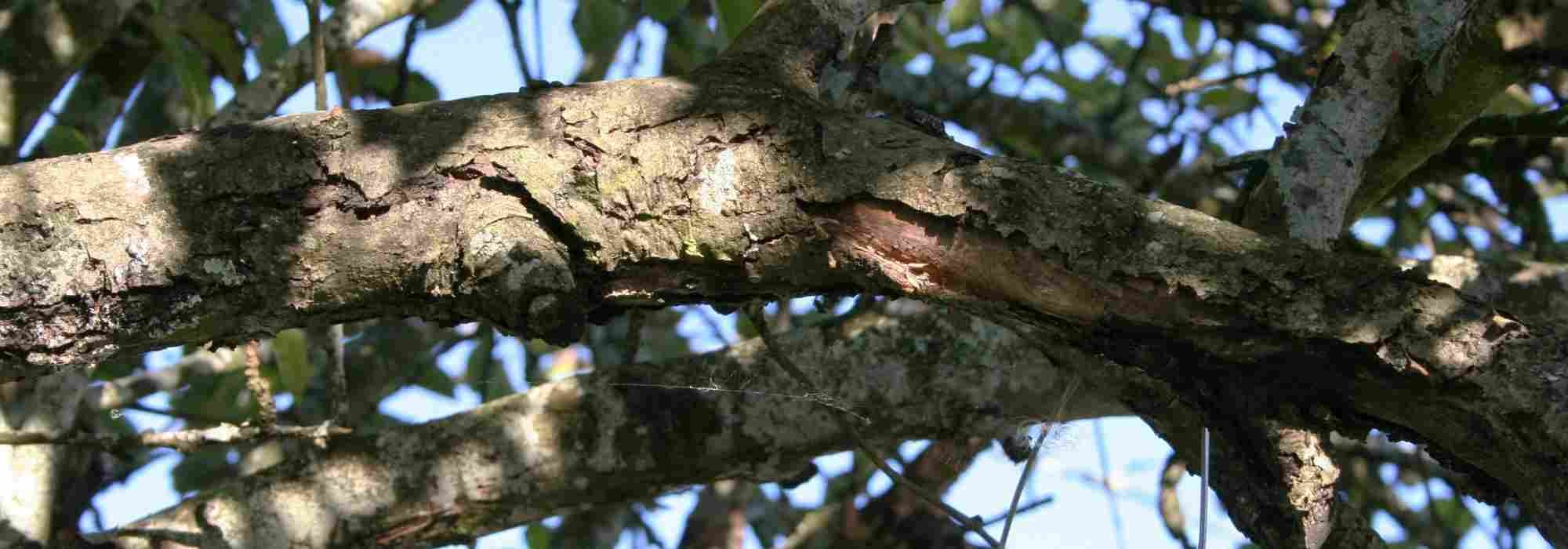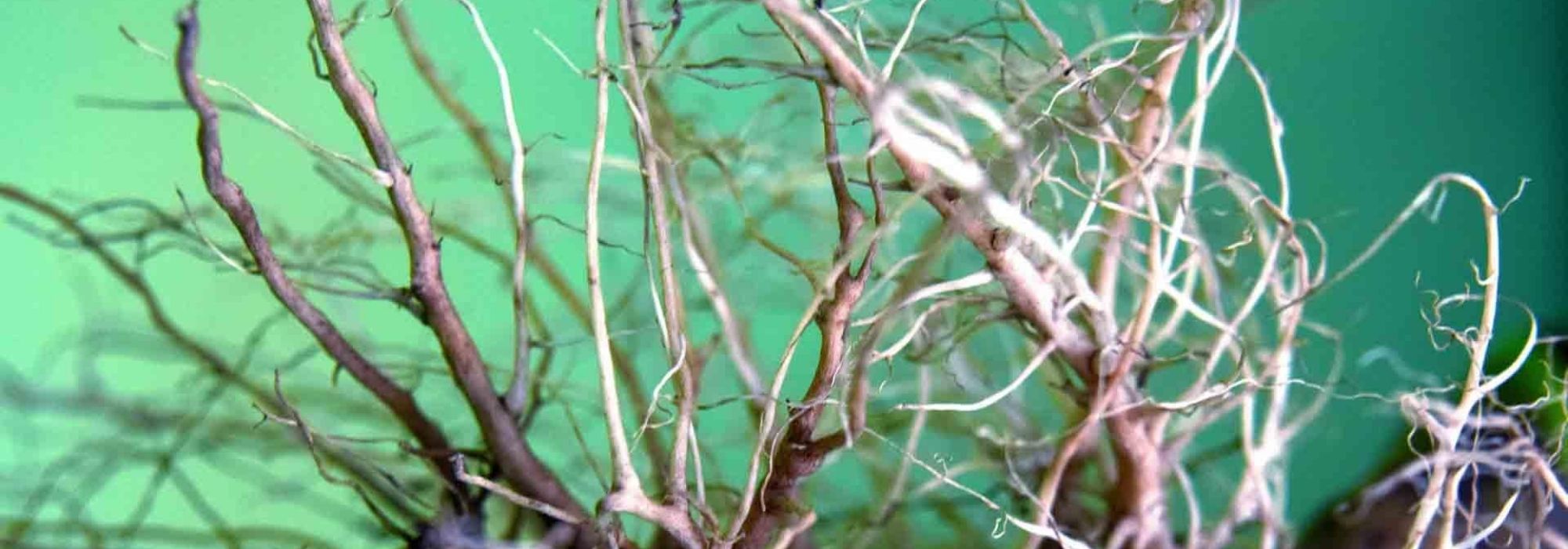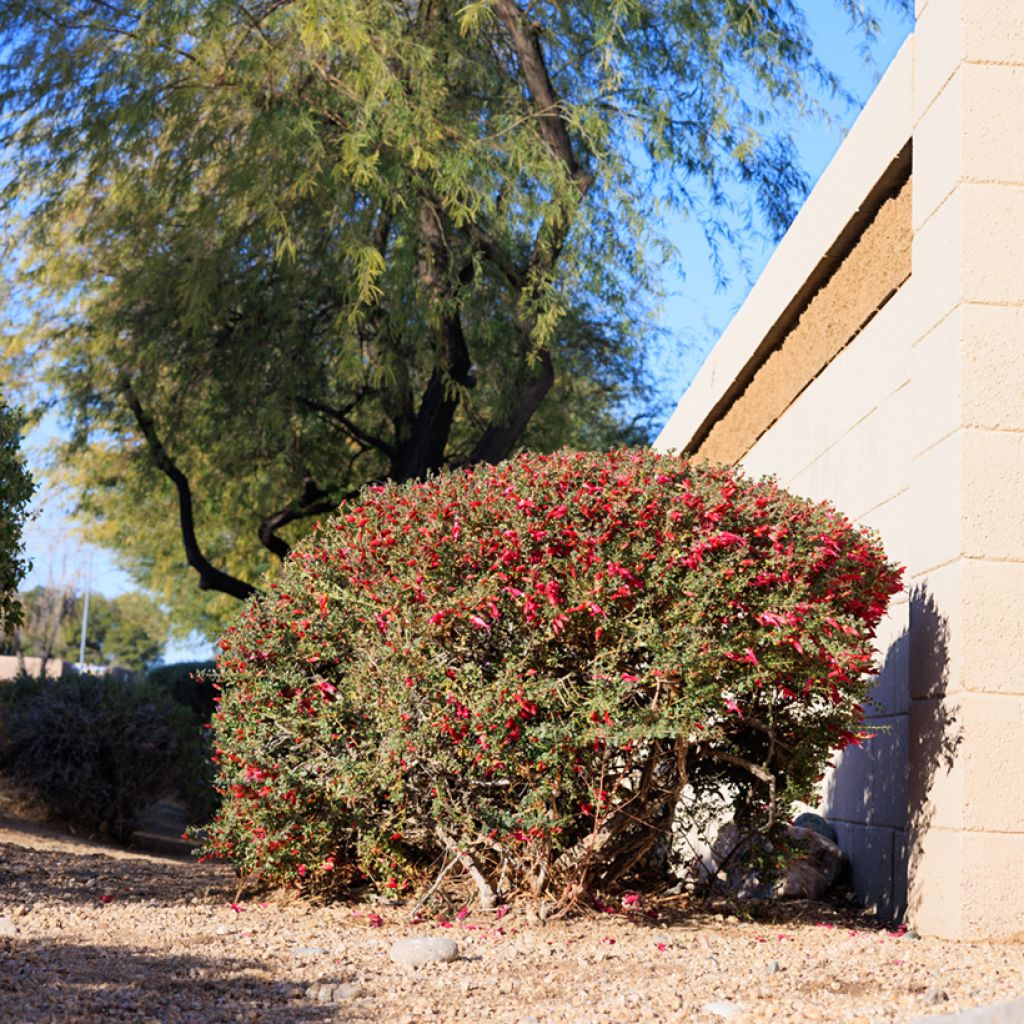

Eremophila maculata - Spotted emu bush
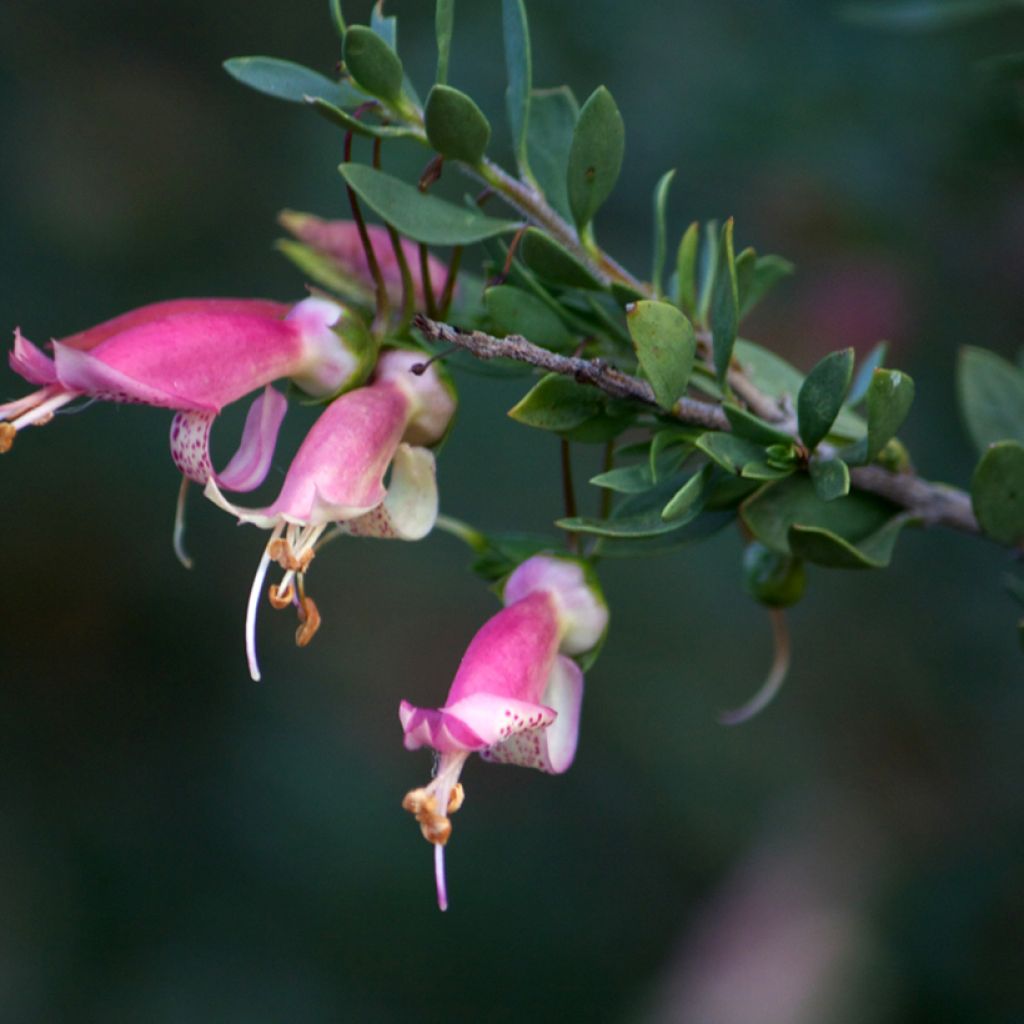

Eremophila maculata - Spotted emu bush
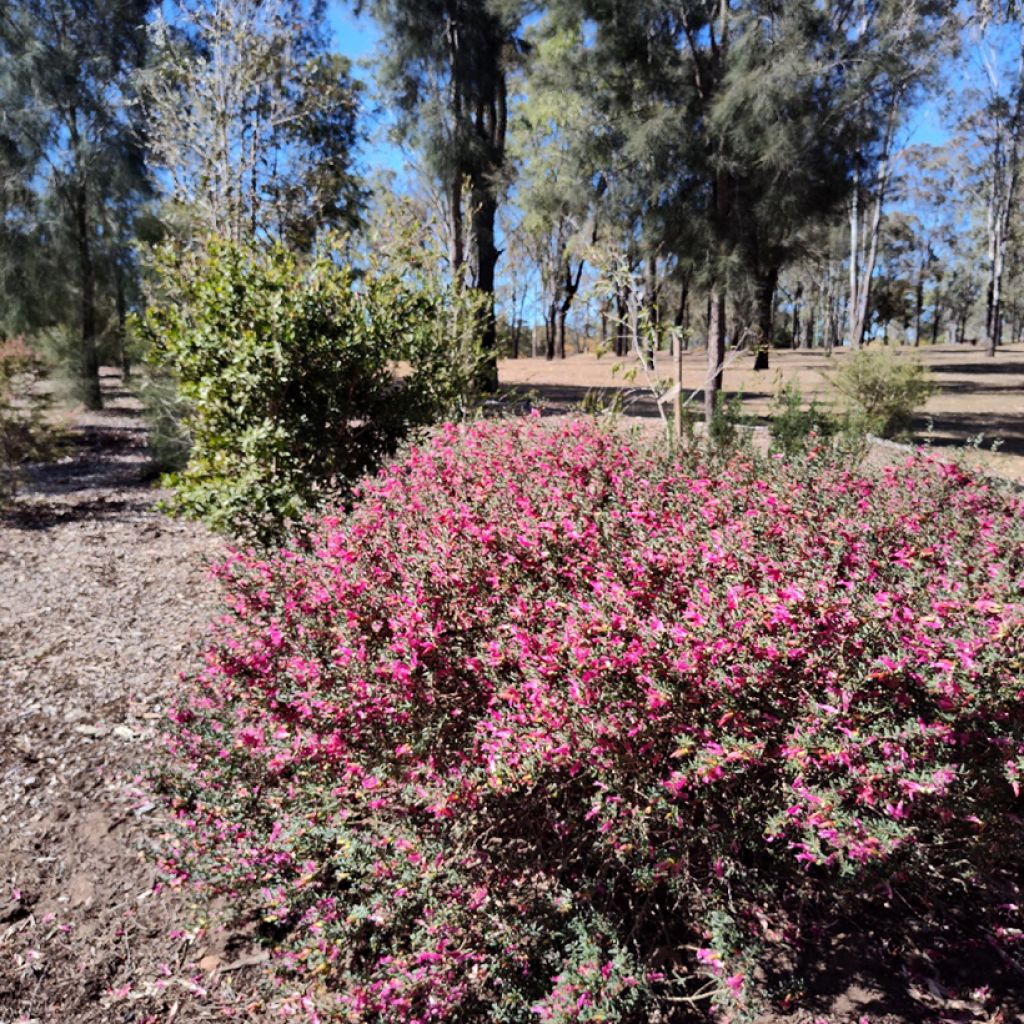

Eremophila maculata - Spotted emu bush
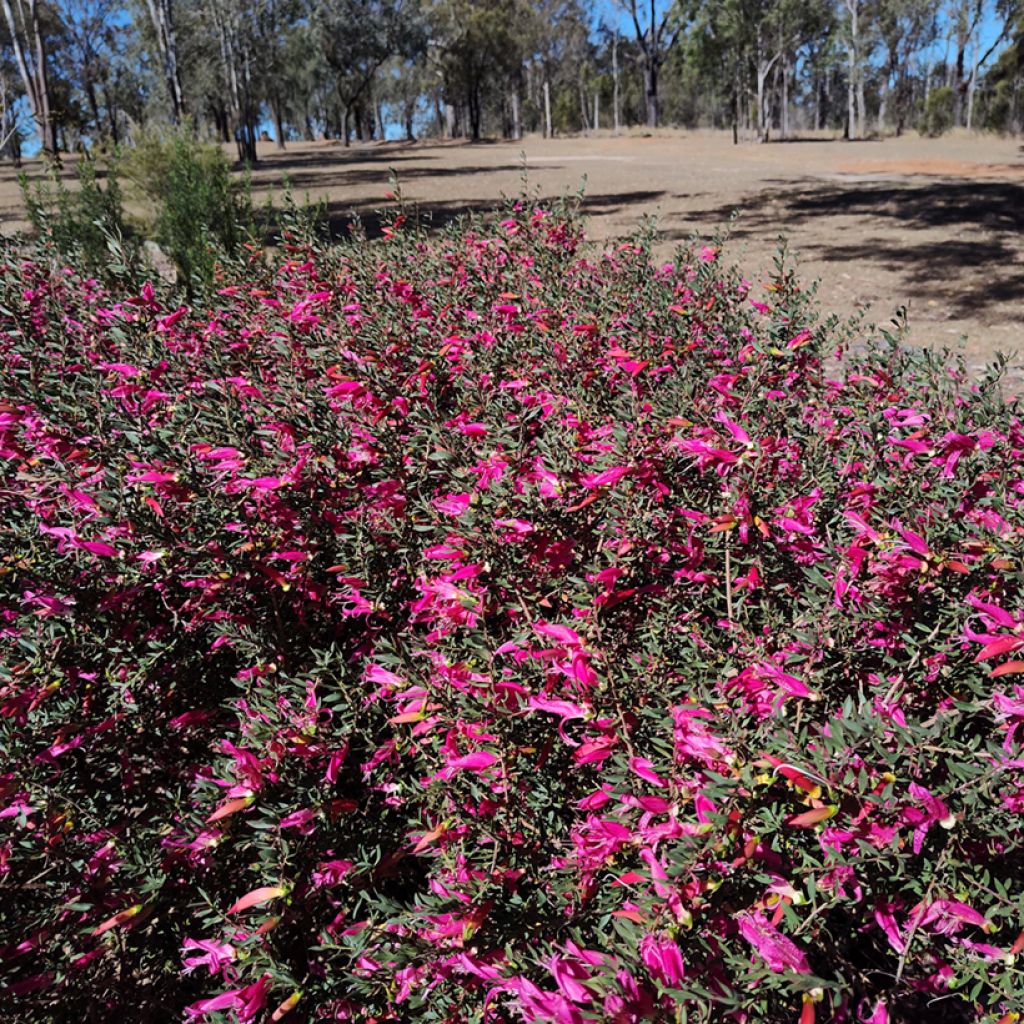

Eremophila maculata - Spotted emu bush
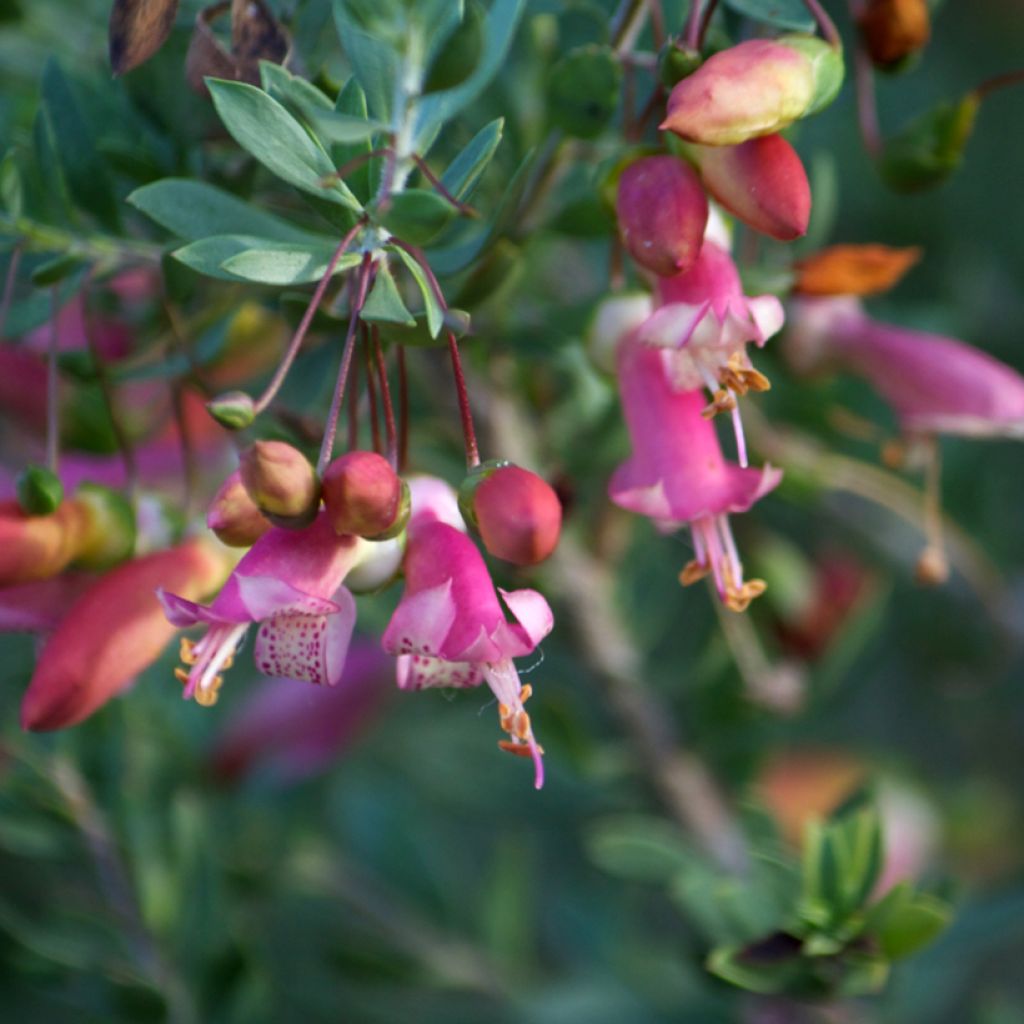

Eremophila maculata - Spotted emu bush
Eremophila maculata - Spotted emu bush
Eremophila maculata
Spotted emu bush, Spotted fuchsia-bush,
Special offer!
Receive a €20 voucher for any order over €90 (excluding delivery costs, credit notes, and plastic-free options)!
1- Add your favorite plants to your cart.
2- Once you have reached €90, confirm your order (you can even choose the delivery date!).
3- As soon as your order is shipped, you will receive an email containing your voucher code, valid for 3 months (90 days).
Your voucher is unique and can only be used once, for any order with a minimum value of €20, excluding delivery costs.
Can be combined with other current offers, non-divisible and non-refundable.
Why not try an alternative variety in stock?
View all →This plant carries a 24 months recovery warranty
More information
We guarantee the quality of our plants for a full growing cycle, and will replace at our expense any plant that fails to recover under normal climatic and planting conditions.
Does this plant fit my garden?
Set up your Plantfit profile →
Description
The Eremophila maculata is part of a group of small evergreen Australian shrubs curiously called Emu Bushes, very drought-resistant but frost-sensitive. It forms a wide and dense ball and has fine light green foliage. In spring, sometimes also in summer, delicate and pretty flowers with spots bloom among the foliage. Most often pink, they can be cherry, orange, or mauve depending on the plants. It is a very good plant for coastal gardens, especially those on the Mediterranean coast, which it enjoys the bright sun. It can also be grown in large pots, which allows the plant to be protected in winter.
The Eremophila maculata is a shrub of the Scrophulariaceae or Myoporaceae family, depending on the classification. Eremophiles are bushes native to Australian regions with mild winters but hot and arid summers. This species, E. maculata, is the most widespread in nature and one of the most cultivated in gardens. It is found in Western and Southern Australia, the Northern Territory and Queensland, New South Wales, and Victoria. It is a spreading shrub, wider than it is tall, densely branched, which rarely exceeds 1m in height and 1.30m in width in our climates. The leaves of this shrub can have a variable shape (almost thread-like to almost circular), and the flowers can have different colours. The inside of the corolla is often spotted. The stems are upright, brittle, adorned with narrow, smooth, light green leaves. They are close together and arranged alternately on the branches. The spotted eremophila foliage persists in winter. The main flowering occurs in April-May, and sometimes again in summer. Solitary, tubular flowers, 4-5cm long, with 5 unequal lobes appear at the leaf axils. Each is carried by an S-shaped petiole. The inside of the corolla is hairy, and it releases 4 long stamens. After pollination, small dry, woody fruits with a beak form, which are difficult to spot in the vegetation. Eremophila seeds are very difficult to germinate because their dormancy requires specific conditions.
The Eremophila maculata should thrive in all gardens. It has a great effect in beds, rockeries, on slopes, but also as a low hedge to border a pathway, for example. Create a persistent, staggered flowering bed by combining the foliage and scents of lavenders (blue, white, pink), rosemary (creeping or upright), Atriplex, Teucrium fruticans Azureum, Leucophyllum frutescens, rockroses, catmints, santolines, and shrubby wormwoods. Its association with Polygala myrtifolia and creeping evergreen ceanothus is also very successful.
The genus name Eremophila comes from the Greek eremos (desert) and phileo (to love). It defines this group of shrubs that are mainly found in desert regions.
Report an error about the product description
Eremophila maculata - Spotted emu bush in pictures




Plant habit
Flowering
Foliage
Botanical data
Eremophila
maculata
Scrophulariaceae (Myoporaceae)
Spotted emu bush, Spotted fuchsia-bush,
Australia
Planting and care
The Eremophila maculata is planted in the garden in spring or in September-October. It appreciates a sunny and sheltered position. This bush requires a well-drained soil, ideally sandy-loamy. It tolerates limestone well. Planting on slopes, in rockeries, or in gravel beds is necessary in climates that are more humid than the Mediterranean coast. This shrub can withstand sea spray and is hardy down to -4 or -5°C in extreme temperatures, after 2 or 3 years of cultivation and provided that the soil is sufficiently dry. It is a plant that thrives in a semi-arid climate and does not tolerate heavy frost, especially if the soil is heavy and moist. Otherwise, this Eremophila has the same cultivation requirements as cistus and lavender. Once well established, it has excellent drought resistance. You can apply a low-phosphorus fertiliser in autumn. Prune lightly after flowering to maintain a compact habit. Be careful, it does not tolerate severe pruning!
Beware of attacks from Australian scale insects in gardens where this pest is well established.
Pot cultivation: in a well-drained substrate, a mixture of potting soil, gravel, sand, and garden soil. Use a large container with drainage holes at the bottom and create a drainage layer composed of gravel, broken pottery shards, or clay pellets. Apply a low-phosphorus fertiliser in autumn. A plant grown in a pot should be regularly and deeply watered, but with enough time in between waterings to allow the soil to dry out a bit. Protect your potted plant from frost in winter, in a bright but unheated location.
Planting period
Intended location
Care
Planting & care advice
This item has not been reviewed yet - be the first to leave a review about it.
Haven't found what you were looking for?
Hardiness is the lowest winter temperature a plant can endure without suffering serious damage or even dying. However, hardiness is affected by location (a sheltered area, such as a patio), protection (winter cover) and soil type (hardiness is improved by well-drained soil).

Photo Sharing Terms & Conditions
In order to encourage gardeners to interact and share their experiences, Promesse de fleurs offers various media enabling content to be uploaded onto its Site - in particular via the ‘Photo sharing’ module.
The User agrees to refrain from:
- Posting any content that is illegal, prejudicial, insulting, racist, inciteful to hatred, revisionist, contrary to public decency, that infringes on privacy or on the privacy rights of third parties, in particular the publicity rights of persons and goods, intellectual property rights, or the right to privacy.
- Submitting content on behalf of a third party;
- Impersonate the identity of a third party and/or publish any personal information about a third party;
In general, the User undertakes to refrain from any unethical behaviour.
All Content (in particular text, comments, files, images, photos, videos, creative works, etc.), which may be subject to property or intellectual property rights, image or other private rights, shall remain the property of the User, subject to the limited rights granted by the terms of the licence granted by Promesse de fleurs as stated below. Users are at liberty to publish or not to publish such Content on the Site, notably via the ‘Photo Sharing’ facility, and accept that this Content shall be made public and freely accessible, notably on the Internet.
Users further acknowledge, undertake to have ,and guarantee that they hold all necessary rights and permissions to publish such material on the Site, in particular with regard to the legislation in force pertaining to any privacy, property, intellectual property, image, or contractual rights, or rights of any other nature. By publishing such Content on the Site, Users acknowledge accepting full liability as publishers of the Content within the meaning of the law, and grant Promesse de fleurs, free of charge, an inclusive, worldwide licence for the said Content for the entire duration of its publication, including all reproduction, representation, up/downloading, displaying, performing, transmission, and storage rights.
Users also grant permission for their name to be linked to the Content and accept that this link may not always be made available.
By engaging in posting material, Users consent to their Content becoming automatically accessible on the Internet, in particular on other sites and/or blogs and/or web pages of the Promesse de fleurs site, including in particular social pages and the Promesse de fleurs catalogue.
Users may secure the removal of entrusted content free of charge by issuing a simple request via our contact form.
The flowering period indicated on our website applies to countries and regions located in USDA zone 8 (France, the United Kingdom, Ireland, the Netherlands, etc.)
It will vary according to where you live:
- In zones 9 to 10 (Italy, Spain, Greece, etc.), flowering will occur about 2 to 4 weeks earlier.
- In zones 6 to 7 (Germany, Poland, Slovenia, and lower mountainous regions), flowering will be delayed by 2 to 3 weeks.
- In zone 5 (Central Europe, Scandinavia), blooming will be delayed by 3 to 5 weeks.
In temperate climates, pruning of spring-flowering shrubs (forsythia, spireas, etc.) should be done just after flowering.
Pruning of summer-flowering shrubs (Indian Lilac, Perovskia, etc.) can be done in winter or spring.
In cold regions as well as with frost-sensitive plants, avoid pruning too early when severe frosts may still occur.
The planting period indicated on our website applies to countries and regions located in USDA zone 8 (France, United Kingdom, Ireland, Netherlands).
It will vary according to where you live:
- In Mediterranean zones (Marseille, Madrid, Milan, etc.), autumn and winter are the best planting periods.
- In continental zones (Strasbourg, Munich, Vienna, etc.), delay planting by 2 to 3 weeks in spring and bring it forward by 2 to 4 weeks in autumn.
- In mountainous regions (the Alps, Pyrenees, Carpathians, etc.), it is best to plant in late spring (May-June) or late summer (August-September).
The harvesting period indicated on our website applies to countries and regions in USDA zone 8 (France, England, Ireland, the Netherlands).
In colder areas (Scandinavia, Poland, Austria...) fruit and vegetable harvests are likely to be delayed by 3-4 weeks.
In warmer areas (Italy, Spain, Greece, etc.), harvesting will probably take place earlier, depending on weather conditions.
The sowing periods indicated on our website apply to countries and regions within USDA Zone 8 (France, UK, Ireland, Netherlands).
In colder areas (Scandinavia, Poland, Austria...), delay any outdoor sowing by 3-4 weeks, or sow under glass.
In warmer climes (Italy, Spain, Greece, etc.), bring outdoor sowing forward by a few weeks.






























